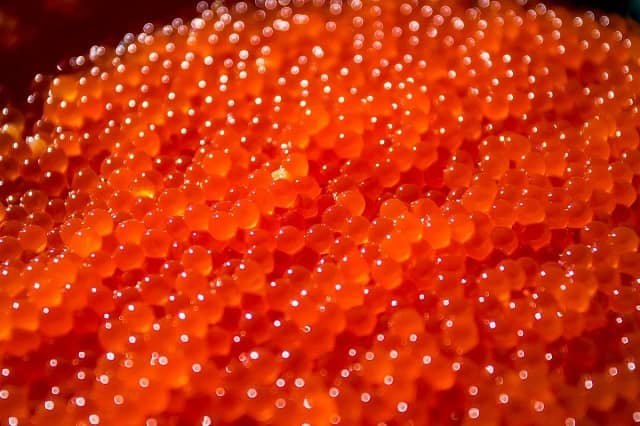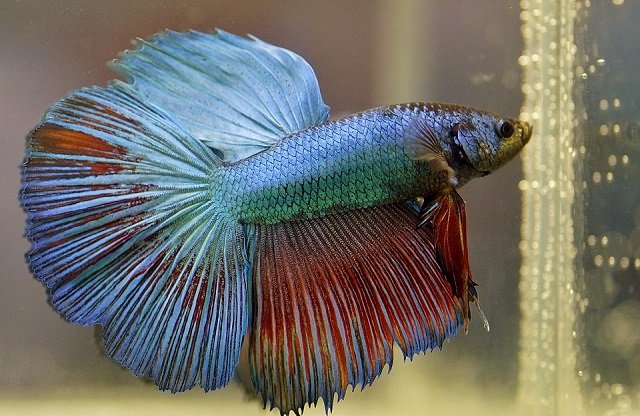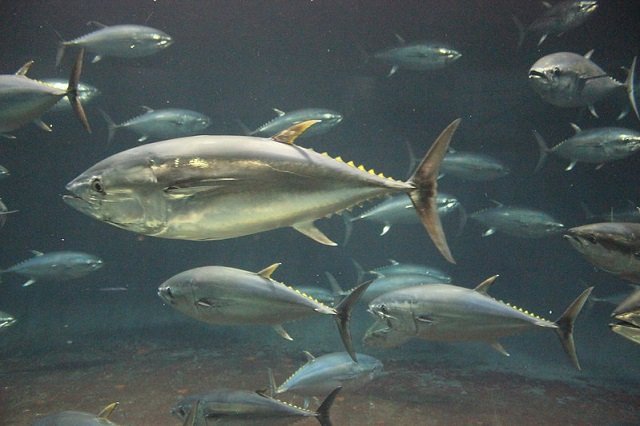
In salmonid aquaculture, particularly in rainbow trout (Oncorhynchus mykiss) production, preventing pathogen transmission from broodstock to offspring is a cornerstone for avoiding significant economic losses. The disinfection of unhardened trout eggs is an established hygienic practice.
Traditionally, this process is carried out with iodophors (like Buffodine®) in a two-step procedure: first, fertilization in a saline solution (0.75% NaCl) to prevent premature egg hardening, and second, disinfection with the iodophor once fertilization is complete. Although effective, this method presents challenges, especially in large-scale operations. It requires precise execution in two time-sensitive stages, where any error can result in fertilization failures or ineffective disinfection. A new study published in the Journal of Genetic Engineering and Biotechnology by researchers from the Institute for Water Ecology, Fisheries and Lake Research and the Fishfarm Kreuzstein proposes an innovative solution: a single-step procedure that could revolutionize this practice.
Key Findings
- It is possible to simultaneously fertilize and disinfect rainbow trout eggs in a single step using Chloramine-T or Wofasteril, simplifying the process in hatcheries.
- This one-step method does not negatively affect the development of embryos or early larvae.
- Chloramine-T proved to be more effective than the traditional iodophor method (Buffodine) and Wofasteril in the long-term (22 days) reduction of the bacterial load.
- Disinfectants significantly alter the composition of the egg microbiome. Buffodine increased bacterial diversity, whereas Chloramine-T and Wofasteril reduced it.
A simplified solution: Simultaneous fertilization and disinfection
The research demonstrates that it is possible to fertilize and disinfect rainbow trout eggs simultaneously. This is achieved by using alternative compounds such as tosylchloramide (Chloramine-T®) or peroxide (Wofasteril®).
The study proved that fertilization can be performed directly in a 0.75% NaCl solution containing 100 mg/L of Chloramine-T or 100 µL/L of Wofasteril for 40 minutes. This is feasible because, unlike iodophors which drastically inhibit sperm motility, these concentrations of Chloramine-T and Wofasteril have a low and manageable impact on spermatozoa. This simplification not only reduces critical and time-sensitive steps but also improves overall efficiency in hatcheries where numerous fish are spawned simultaneously.
How was the new technique evaluated?
The researchers compared the new one-step method with the traditional two-step treatment (Buffodine) and an untreated control group. They assessed:
- Safety: The effect of the disinfectants on sperm motility, embryonic development to the “eyed” stage, and the viability and morphology of larvae.
- Efficacy: The reduction of the total bacterial load on the eggs at two key moments: 3 hours post-fertilization (hpf), when hardening is complete, and 22 days post-fertilization (dpf), at an advanced stage of embryonic development.
- Microbiome Impact: Changes in the composition and diversity of the eggs’ bacterial communities through high-throughput sequencing of the 16S rDNA gene.
Efficacy, safety, and microbiome effects
Safety for embryos and larvae
A crucial point for any producer is safety. The study concluded that the one-step method with Chloramine-T and Wofasteril had no negative effects on embryonic development or early larvae. No significant differences were observed in the percentage of embryos reaching the “eyed” stage, the proportion of normal larvae at hatching, or the total length of the larvae compared to the control group.
Superior reduction of bacterial load
Efficacy in reducing bacteria is the primary goal of disinfection.
- Short-term (3 hpf): All three disinfectants (Buffodine, Chloramine-T, and Wofasteril) were equally effective, significantly reducing the bacterial load compared to untreated eggs. Reduction rates were as high as 60-70%.
- Long-term (22 dpf): This is where the most notable differences were observed. Chloramine-T proved to be the most effective disinfectant, maintaining a superior reduction in bacterial load compared to Wofasteril and Buffodine. This suggests that Chloramine-T has a more persistent effect on bacterial control during embryogenesis.
Interestingly, when only the surface of the eggs was disinfected at 22 dpf, no significant differences were found in the internal bacterial load between the groups. This indicates that disinfecting unhardened eggs primarily affects the surface-associated bacteria (chorion) with a lesser impact on internal bacteria long-term.
Stay Always Informed
Join our communities to instantly receive the most important news, reports, and analysis from the aquaculture industry.
Altering the egg microbiome
Disinfectants not only eliminate pathogens but also modify the entire microbial community of the egg. The study revealed:
- Composition: The microbiome composition changed significantly depending on the treatment and developmental stage. Under all conditions, Pseudomonas was one of the most persistent and dominant bacteria, especially in later stages.
- Diversity: The Buffodine (iodophor) treatment increased bacterial diversity on the eggs at 3 hpf. In contrast, both Chloramine-T and Wofasteril reduced bacterial diversity compared to the control.
These findings are important because a stable and resilient microbiome is key to the long-term health of the fish, acting as a first barrier against opportunistic pathogens.
Conclusions and implications for trout farming
The study concludes that the disinfection of unhardened rainbow trout eggs can be performed safely and effectively in a single step using 100 mg/L of Chloramine-T or 100 µL/L of Wofasteril. The main advantages of this technique are:
- Operational Efficiency: It drastically simplifies handling in hatcheries, eliminating a critical step and reducing the risk of human error.
- Superior Efficacy: Chloramine-T offers a more sustained reduction in bacterial load over time than traditional methods.
- Environmental Advantage: Both Chloramine-T and Wofasteril are used in much lower concentrations than iodophors and degrade rapidly in water without leaving harmful residues, making them a more environmentally friendly alternative.
This work not only offers a practical solution to an operational challenge but also highlights the importance of evaluating disinfectants not just for their ability to eliminate microorganisms, but also for their impact on the microbiome—a critical factor for the future of health in aquaculture.
Contact
Franz Lahnsteiner
Federal Agency for Water Management, Institute for Water Ecology, Fisheries and Lake Research
Scharfling 18, A-5310 Mondsee, Austria.
Email: Franz.Lahnsteiner@baw.at
Anna Dünser
Federal Agency for Water Management, Institute for Water Ecology, Fisheries and Lake Research, Scharfling 18, A-5310 Mondsee, Austria
Fishfarm Kreuzstein, Oberburgau 28, 4866 Unterach, Austria
Email: Anna.Duenser@baw.at
Reference (open access)
Lahnsteiner, F., & Dünser, A. (2025). A simplified, one step technique for disinfection of non-hardened rainbow trout eggs with tosylchloramide (Chloramine T) and peroxide (Wofasteril) compounds and the effects on bacterial load and microbiome composition in comparison to iodophore disinfection. Journal of Genetic Engineering and Biotechnology, 23(3), 100541. https://doi.org/10.1016/j.jgeb.2025.100541
Editor at the digital magazine AquaHoy. He holds a degree in Aquaculture Biology from the National University of Santa (UNS) and a Master’s degree in Science and Innovation Management from the Polytechnic University of Valencia, with postgraduate diplomas in Business Innovation and Innovation Management. He possesses extensive experience in the aquaculture and fisheries sector, having led the Fisheries Innovation Unit of the National Program for Innovation in Fisheries and Aquaculture (PNIPA). He has served as a senior consultant in technology watch, an innovation project formulator and advisor, and a lecturer at UNS. He is a member of the Peruvian College of Biologists and was recognized by the World Aquaculture Society (WAS) in 2016 for his contribution to aquaculture.




